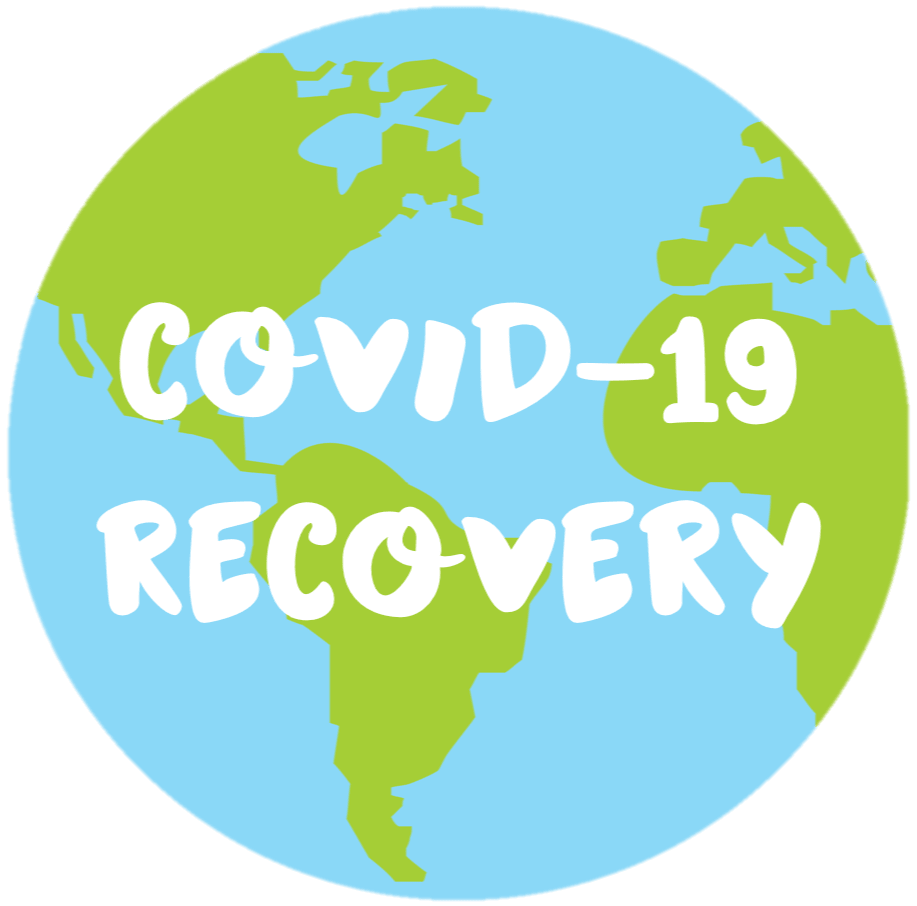9 Terms To Know Surrounding COVID19
On TV, your phone, radio stations and more, we are constantly being bombarded by news around COVID-19. But have you ever felt confused about some of the buzz words you’re hearing? Or some of the medical terminology that is being used?
In this glossary post we outline 9 common terms you’ll hear surrounding the topic of COVID-19.
‘COVID-19’ and ‘SARS-CoV-2’
Despite its mass media coverage, you are probably not aware of what the term ‘COVID-19’ really means. COVID-19 stands for Coronavirus Disease 2019 and is the name for the disease caused by a strain of coronavirus called SARS-CoV-2.
COVID-19 refers to the disease and the symptoms that go along with it. The virus, SARS-CoV-2, is an abbreviation for Severe Acute Respiratory Syndrome Coronavirus 2…...which is still a lot to unpack.
Check out the infographic to break these words down further.:
Since the major outbreak of SARS in 2002-2003, researchers have been studying its origins in bats. Though there are many variations of the virus in bats, there are only some that can be transmitted to humans (which we will discuss in a future blog entry). Viruses that are strongly related to the human strain, that we know as SARS, are named in sequence, hence the name SARS-CoV-2.
Like humans have DNA, which is an instruction manual for our bodies, the COVID-19 virus has RNA. RNA is like the fingerprint of the virus, and its sequence can tell us a lot about its origin and similarities to other viruses we know. When scientists first discovered SARS-CoV-2, it was quick work to compare the features of this virus to other known viruses, and it turned out that it shared 80% of the same RNA sequence as the 2002 SARS virus. This similarity means that, although it is a new virus, there are certain precautionary measures that can be taken and scientists have a more direct route to follow in terms of research.
‘Treatments’
In the medical field, ‘treatments’ are ways to manage and combat disease or disease symptoms. Their goal could be to target the virus itself or to lessen the symptoms (such as alleviating headaches, reducing fever, etc.). They are often given in the form of medication. This is not to be confused with vaccines which are more of a preventative measure.
‘Incubation Period’
An incubation period is the time between when you are first exposed to a disease-causing substance (including bacteria, viruses, and other pathogens), and when you begin to display symptoms. For example, you could be exposed to a harmful bacteria on Monday but only start to feel sick on Friday. The time between Monday and Friday would be considered the incubation period, and during this time there is a chance you could be spreading the disease to others without knowing it.
‘N-95 Masks’
Everyone is itching to get their hands on these masks, but why are they so different? The term ‘N-95’ refers to the standard these masks meets in filtering at least 95% of all airborne particles. Also called N-95 respirators, they are used to protect the user when breathing. Please follow the guidelines surrounding the use and prioritization of the N-95 masks as deemed by your local government.
‘Ventilators’
Ventilators are machines that can be attached to a patient, at the mouth or throat, to help them receive the proper amount of air. Often in respiratory diseases, patients have a hard time breathing because their airways have become swollen or blocked. In COVID-19 specifically, patients can experience swelling in their airways, so using ventilators assures that patients are getting enough oxygen to keep their body going.
‘Self-Isolation’ vs ‘Quarantine’ vs ‘Social Distancing’
Self-Isolation is when a sick individual isolates or separates themselves from others in order to prevent the spread of disease. This includes isolating yourself from people within your own home, for example isolating yourself to only your bedroom or a certain area of your home.
Quarantine is when a person or group of people are restricted to an area if they are unsure if they are sick OR if they are sick and may not be showing symptoms. For example, if you and your family came back from a vacation and do not know if you were exposed to the virus, you should all quarantine yourselves for at least 14 days to ensure you are (1) not sick or (2) if you are sick, prevent the spread of disease to anyone else.
Social Distancing is the act of not taking part in large gatherings or any meetings that are non-essential. In other words, unless necessary, you should #StayAtHome and if you are out for things like groceries, maintain a safe distance of 2m or 6ft from other people.
Scientific Journal Sources:
https://www.nature.com/articles/nm1024
https://www.nejm.org/doi/full/10.1056/NEJMP2000929
https://link.springer.com/chapter/10.1007/3-540-26765-4_1
Media Sources:
https://www.covid19vaccinetrial.co.uk/about
https://www.who.int/dg/speeches/detail/who-director-general-s-opening-remarks-at-the-media-briefing-on-covid-19---11-march-2020
Image Sources:
https://www.newwestrecord.ca/news/democracy-vs-pandemic-new-west-city-council-ponders-the-new-covid-19-normal-1.24106879
https://virologydownunder.com/politically-infectious-period/
https://www.insider.com/coronavirus-what-is-social-distancing-self-isolation-quarantine-2020-3



